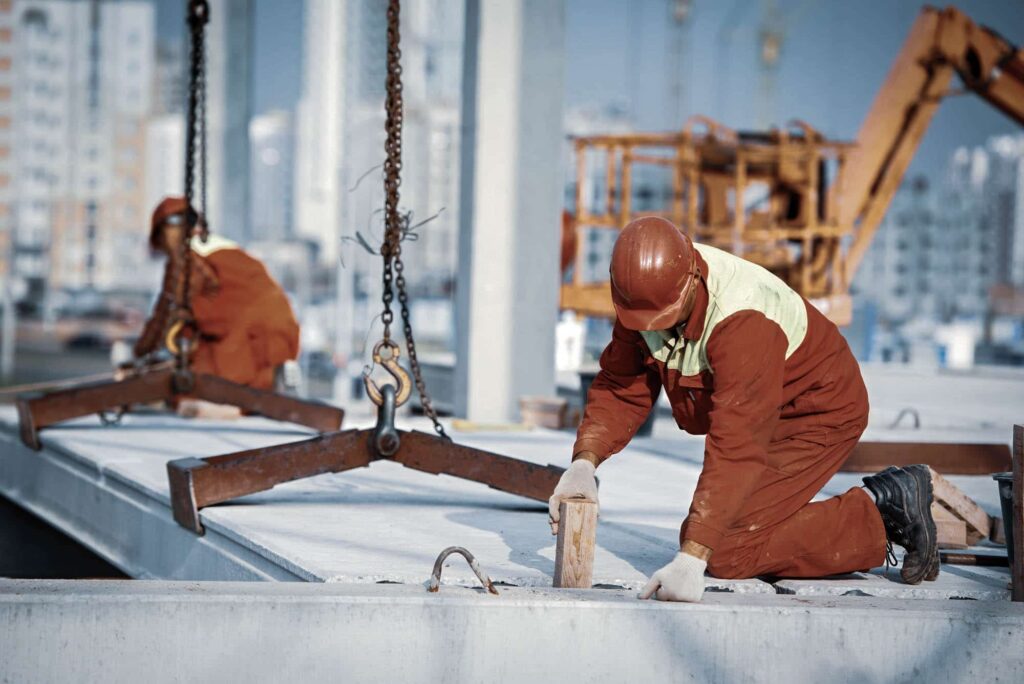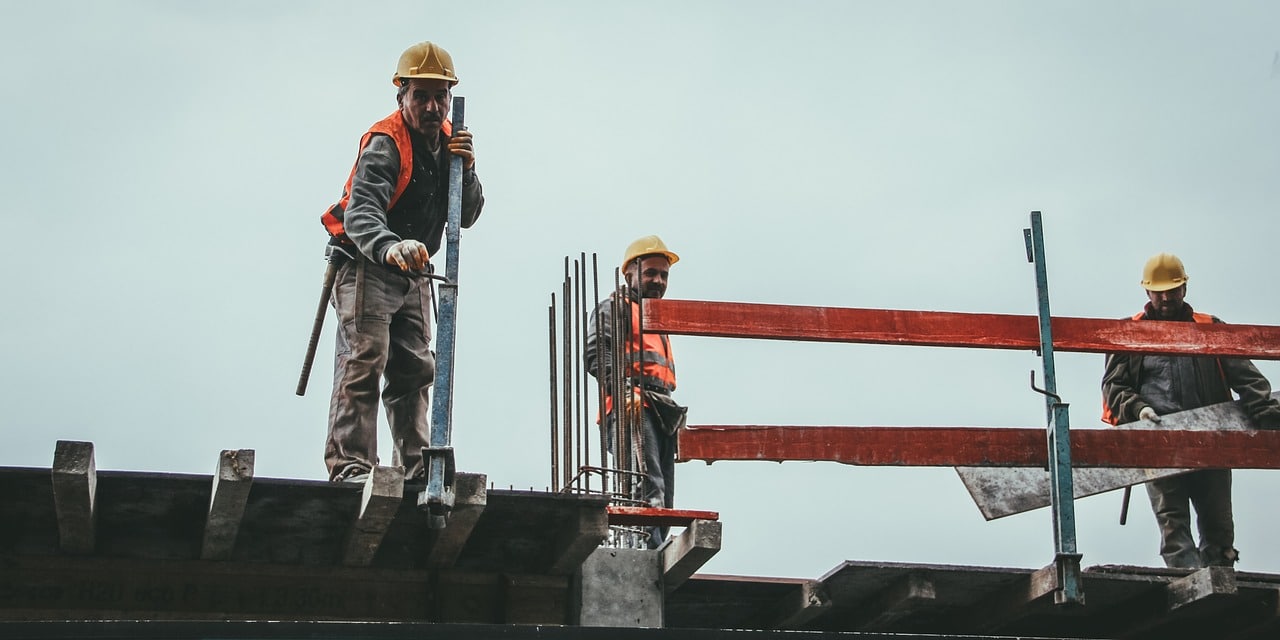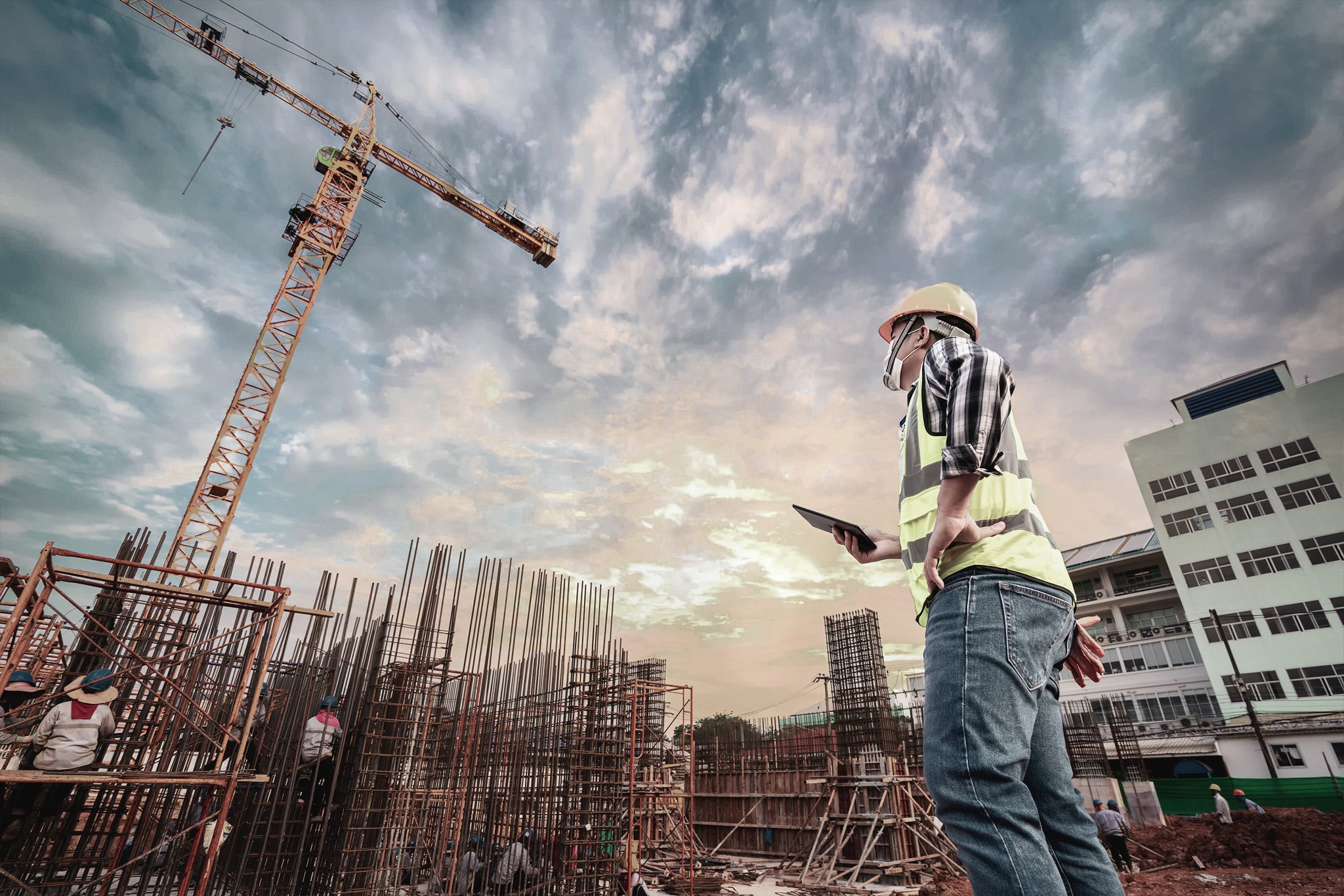Today, we want to discuss an often undervalued lean construction technique—the 5S methodology. Organisations worldwide are adopting 5S because it:
- Is relatively simple to implement and doesn’t require complicated training
- Helps reduce and eliminate waste on construction sites
- Increases everyone’s involvement in projects
- Improves safety and reduces uncertainty
- Lays the foundation for implementing other lean building techniques
Let’s explore the lean 5S technique and how to implement each step at your worksites.
Free eBook: Quick guide to Lean practices for construction professionals
The 5 Ss of lean construction management
Sort, set in order, shine, standardise, and sustain—referred to as 5S—is at the core of every lean building technique. By following the 5S lean construction management workflow, project managers and contractors can reduce on-site waste, increase productivity, and instil a quality culture.
Let’s break down the steps of lean 5S.
1. Sort
The first 5S principle focuses on identifying unneeded or unwanted items before they become an issue. It follows the “just-in-time” mindset: Only keep the materials and equipment that you need, in the quantity you need, when you need them.
This means asking three questions about every item on your worksite:
- Do we need it?
- Do we need this much of it?
- Does it need to be right here, right now?
After answering those questions, there are four possible outcomes for each item:
- Tag and date it—if the item goes unused for a month, it’s probably not necessary to keep on-site
- Discard, sell, or recycle the item
- Move it to a different location
- Leave the item in its current location if deemed necessary
2. Set in order
This 5S lean building technique is all about organisation—setting every item in order so that anyone who needs it can find and use it easily.
Set in order is so simple that we can define it in a single sentence: Create a place for everything, and keep everything in its place.
After sorting your materials and equipment to remove unnecessary items, it’s time to put them in order by:
- Identifying appropriate locations to store them
- Determining each one’s ideal location
- Placing (and keeping) each one in that location in their necessary quantity
Read more: Lean Design in Construction: Processes, Techniques, and Tools
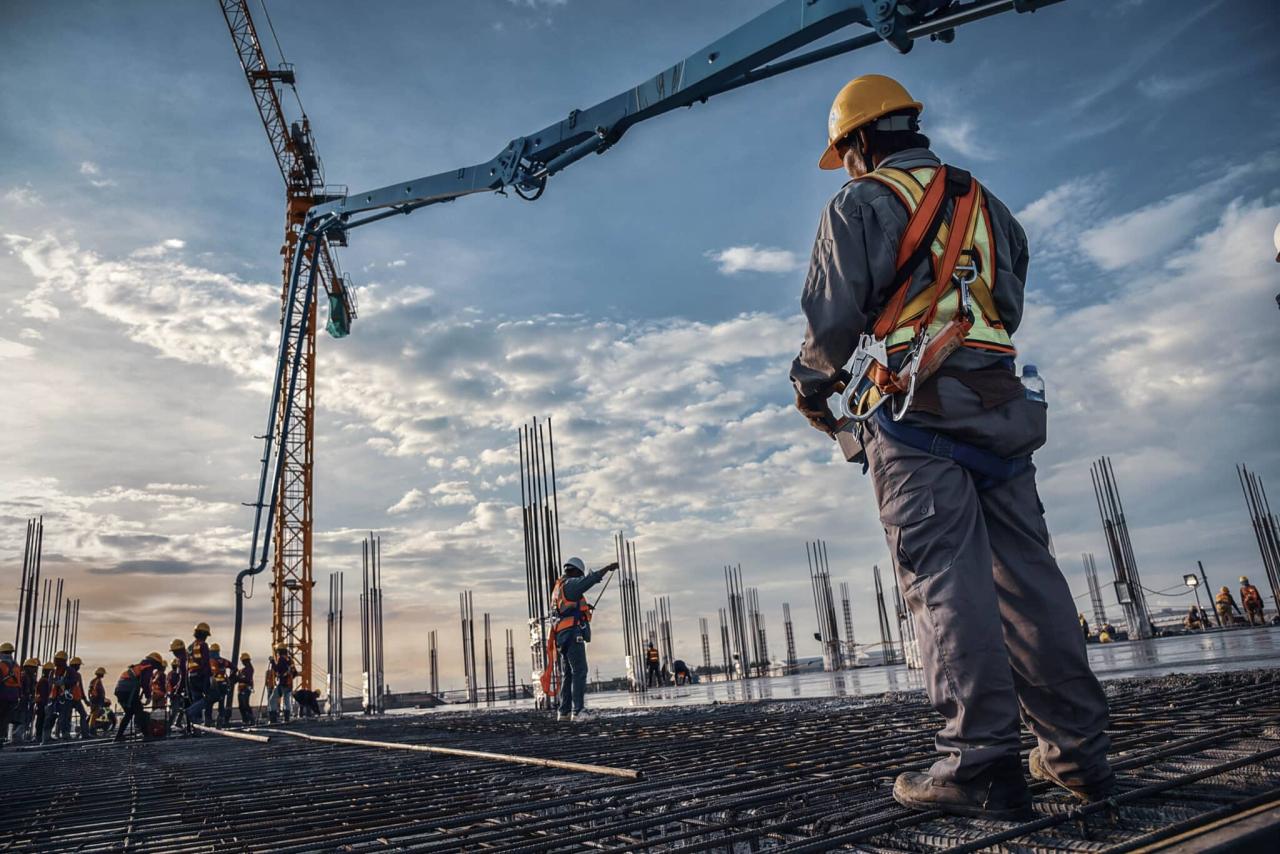
3. Shine
Next, we have shine, which helps keep worksites clean by focusing on the health and safety of both the construction site and the people working on it.
Keeping each work area clean and orderly consists of:
- Determining what areas need to be cleaned
- Dividing up those areas and assigning different workers to each one
- Creating a plan for when and how those areas should be cleaned
- Using the previous step (set in order) to store cleaning supplies in a way that makes them easy to find, use, and return
- Incorporating a cleaning inspection schedule
4. Standardise
The fourth step of the lean 5S techniques focuses on creating a set of processes to maintain the three previous steps. A standardised state exists when you properly maintain sort, set in order, and shine.
There are two necessary components for creating standardisation:
- Make it clear who’s in charge of maintaining the conditions of the first three steps
- Implement daily maintenance routines to avoid setbacks
The person in charge of 5S maintenance should also work on preventing disruptions to sort, set in order, and shine by asking questions like:
- Why are we bringing unnecessary items on-site?
- Why aren’t equipment and materials being returned to their proper locations?
- Why are certain areas of the worksite repeatedly getting dirty?
5. Sustain
The final step of 5S in lean construction management consists of forming habits to maintain the previous four processes. It’s also the step where most organisations fail: It’s easy to create new procedures and tell everyone to follow them, but the challenge comes from instilling the discipline to sustain them.
To sustain these good habits, you can implement:
- A red tag system to support sort
- Posters or other visuals to support set in order
- A clear, accessible schedule to support shine
- Regular inspections and reviews to support standardisation
Further reading: 5 Lean construction benefits (and how to get them)
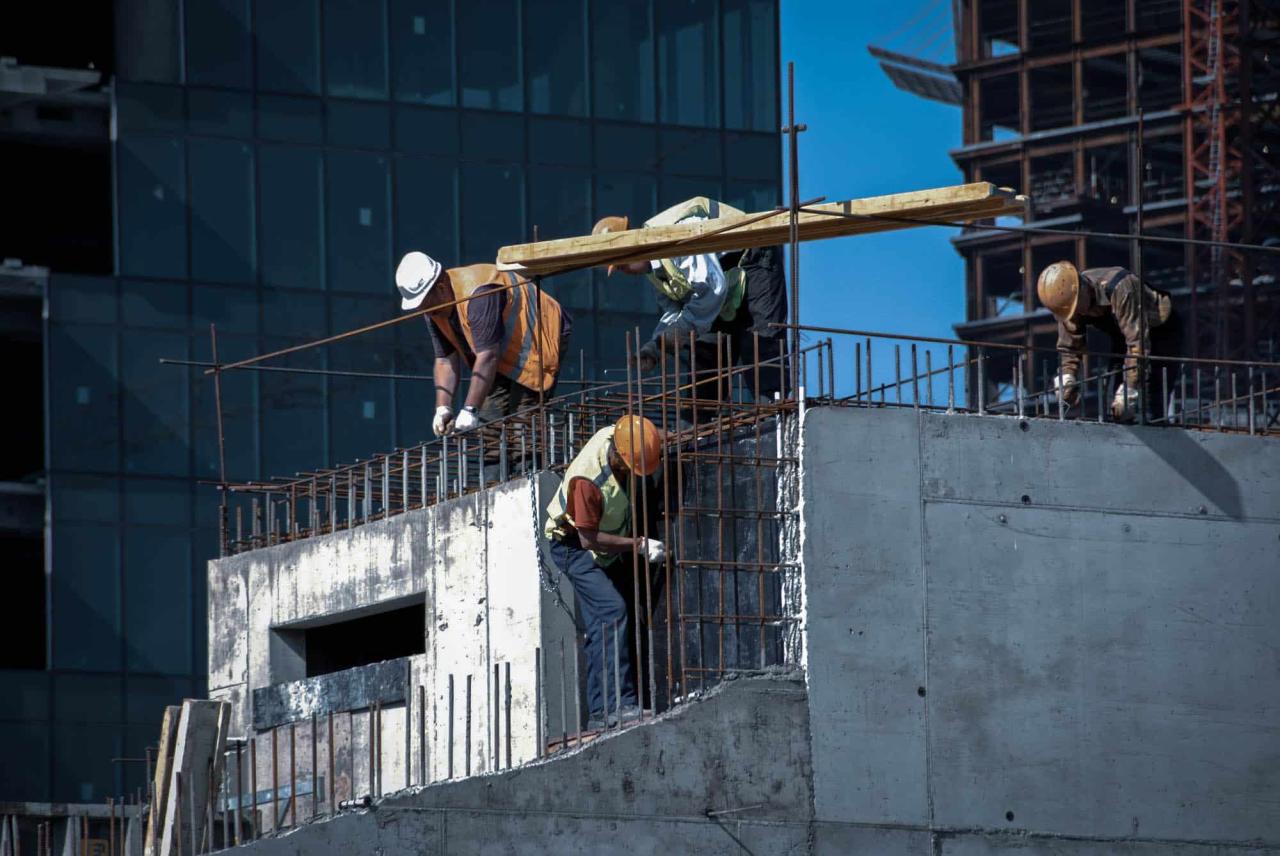
3 Tips for implementing 5S lean building techniques
You can apply lean 5S to your project at any time, but it’s important to implement the steps in the order listed above—each step builds upon the previous one.
Follow these three tips to make applying the 5S techniques to your next project go smoothly:
1. Start with yourself
Respect is a huge part of lean principles, and it’s just as important when starting a 5S program. Take some time to learn the 5S process yourself so that you fully understand each step—it will make teaching your team and implementing the techniques successfully much easier.
2. Go for small wins
When you onboard your team to the 5S process, answer their questions, ask your own, show examples of each step, and focus on teamwork and communication. Each project and person will have nuanced differences—when you start implementing lean 5S, it won’t go perfectly; focus on each small win to encourage continuous improvement.
3. Be patient
People are imperfect. Projects are imperfect. Don’t expect a flawless 5S program on the first day or even in the first year—be patient, listen to your team, and find opportunities to turn mistakes into a learning experience for everyone involved.
For more tips on eliminating waste, increasing productivity, and implementing lean building techniques in your organization, download LetsBuild’s free ebook today: Quick guide to Lean practices for construction professionals.
